- Benefits of Growing Plants on Your Windowsill
- Ideal Conditions for Growing Cucumbers
- 1. Temperature
- 2. Sunlight
- 3. Soil
- 4. Watering
- 5. Fertilizer
- 6. Support
- 7. Pest and Disease Control
- How to Grow Tomatoes Successfully
- Choose the Right Tomato Variety
- Provide Adequate Sunlight
- Use Well-Draining Soil
- Watering and Feeding
- Pruning and Training
- Pest and Disease Control
- Harvesting
- Tips for Growing Peppers at Home
- Choosing the Right Containers for Your Windowsill Garden
- Size
- Drainage
- Material
- Depth
- Number of Plants
- Cost and Aesthetics
- The Importance of Proper Watering Techniques
- Watering Frequency
- Watering Methods
- Watering Amount
- Consistency is Key
- Monitoring and Adjusting
- Fertilizing Your Windowsill Plants: Dos and Don’ts
- Do:
- Don’t:
- Managing Pests and Diseases in Your Windowsill Garden
- 1. Identify common pests
- 2. Monitor your plants regularly
- 3. Practice good hygiene
- 4. Use natural pest control methods
- 5. Provide adequate air circulation
- 6. Water properly
- 7. Use organic fertilizers
- 8. Quarantine affected plants
- 9. Research and consult
- Harvesting and Enjoying Your Homegrown Vegetables
- “Question-Answer”
- Can I grow cucumbers, tomatoes, and peppers on my windowsill?
- What are the benefits of growing these vegetables on a windowsill?
- What are the key factors to consider when growing cucumbers, tomatoes, and peppers on a windowsill?
- Can I use regular potting soil for growing cucumbers, tomatoes, and peppers on a windowsill?
- How long does it take for cucumbers, tomatoes, and peppers to grow on a windowsill?
- “Video” Cucumbers will grow in a moment! Just pour this over the cucumber shoots
Growing your own vegetables can be a rewarding and satisfying experience, even if you don’t have access to a large garden or outdoor space. With the right techniques and a little bit of patience, you can successfully grow cucumbers, tomatoes, and peppers on your windowsill. In this article, we will share some expert tips to help you get started and ensure a successful harvest.
1. Choosing the right varieties: When growing vegetables on your windowsill, it’s important to choose compact varieties that are suitable for container gardening. Look for dwarf or patio varieties of cucumbers, tomatoes, and peppers. These varieties are specifically bred to thrive in smaller spaces and have shorter growing seasons.
2. Providing adequate sunlight: Vegetables need at least 6-8 hours of direct sunlight each day to grow and produce a bountiful harvest. Place your containers by a south-facing window or use supplemental grow lights to ensure your plants receive enough light. Rotate the containers every few days to promote even growth.
3. Proper watering: It’s important to keep the soil consistently moist, but not waterlogged. In general, vegetables on windowsills require frequent watering, especially during hot and dry weather. Check the soil moisture with your finger and water when the top inch of soil feels dry. Avoid splashing water on the leaves as this can promote the growth of fungal diseases.
4. Fertilizing regularly: Container-grown vegetables require regular feeding to ensure proper growth and productivity. Use a balanced, water-soluble fertilizer at half the recommended strength every two weeks. Be careful not to over-fertilize as this can lead to excessive vegetative growth and reduced fruit production.
By following these expert tips, you can successfully grow cucumbers, tomatoes, and peppers on your windowsill. Enjoy the fresh taste of homegrown vegetables and the satisfaction of knowing that you’ve grown them yourself, even in a limited space!
Benefits of Growing Plants on Your Windowsill
Growing plants on your windowsill can have numerous benefits for both your health and your home environment. Here are some of the key benefits you can enjoy:
- Improved Air Quality: Plants release oxygen and absorb carbon dioxide, helping to purify the air in your home. This can lead to better indoor air quality and reduce the presence of harmful pollutants.
- Stress Relief: Spending time with plants and tending to them can be a calming and therapeutic experience. The act of nurturing plants can help reduce stress and improve your overall well-being.
- Aesthetically Pleasing: Plants add a touch of nature to your living space, creating a more visually appealing environment. They can enhance the overall atmosphere of the room and make it feel more vibrant and alive.
- Access to Fresh Produce: Growing vegetables and herbs on your windowsill allows you to have easy access to fresh produce right in your own home. You can enjoy the taste and nutritional benefits of homegrown food without the need for a large garden.
- Learning Opportunity: Growing plants on your windowsill can provide a great learning opportunity, especially for children. They can learn about the different stages of plant growth, the importance of taking care of living things, and the basics of gardening.
- Cost Savings: Growing plants on your windowsill can save you money in the long run. Instead of purchasing expensive potted plants or herbs from the store, you can grow them yourself using seeds or seedlings.
Overall, growing plants on your windowsill is a simple and rewarding way to bring nature into your home. Whether you have a green thumb or are a beginner gardener, this practice can provide numerous benefits for both you and your living space.
Ideal Conditions for Growing Cucumbers
Cucumbers are a popular vegetable to grow, and they thrive in specific conditions. Here are some ideal conditions for growing cucumbers:
1. Temperature
Cucumbers prefer warm temperatures between 70-85°F (21-29°C). They are sensitive to frost and do not tolerate temperatures below 50°F (10°C). If you are growing cucumbers indoors on your windowsill, ensure that the room temperature remains within this range.
2. Sunlight
Cucumbers require plenty of sunlight to grow properly. It is recommended to provide them with at least 6-8 hours of direct sunlight per day. If you are growing them indoors, place your plants near a south-facing window to ensure they receive adequate sunlight exposure. You can also use fluorescent grow lights to supplement natural light.
3. Soil
Cucumbers prefer well-draining soil with a pH level between 6 and 7. Before planting your cucumber seeds or seedlings, enrich the soil with organic matter such as compost or well-rotted manure. This will improve the soil’s fertility and drainage.
4. Watering
Proper watering is crucial for cucumber plants. They need consistent moisture, but overwatering can lead to rot or disease. Water the plants deeply whenever the top inch of soil feels dry. On hot summer days, you may need to water them twice a day. Avoid getting the leaves wet to prevent fungal diseases.
5. Fertilizer
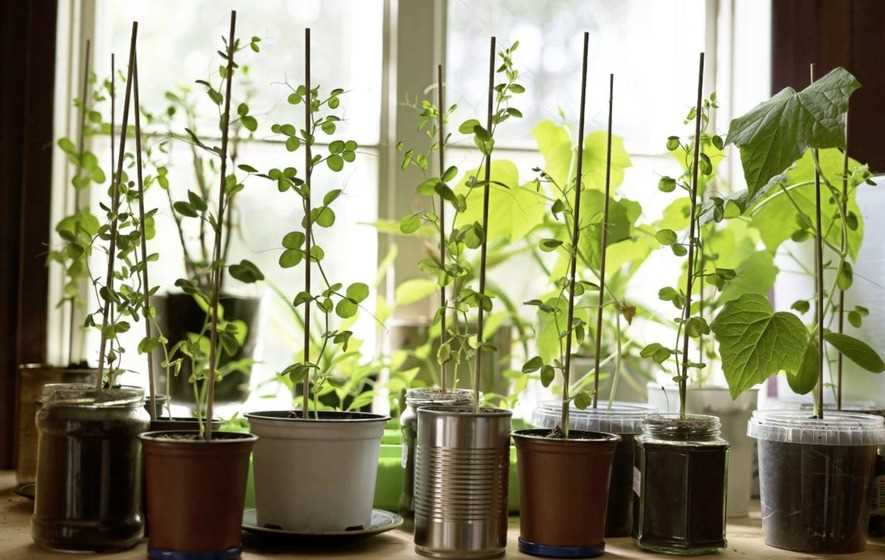
Regular fertilization will promote healthy cucumber plants and a bountiful harvest. Use a balanced fertilizer, such as a 10-10-10 or 20-20-20 formula, and apply it according to the manufacturer’s instructions. Be careful not to over-fertilize, as this can lead to excessive foliage growth rather than fruit production.
6. Support
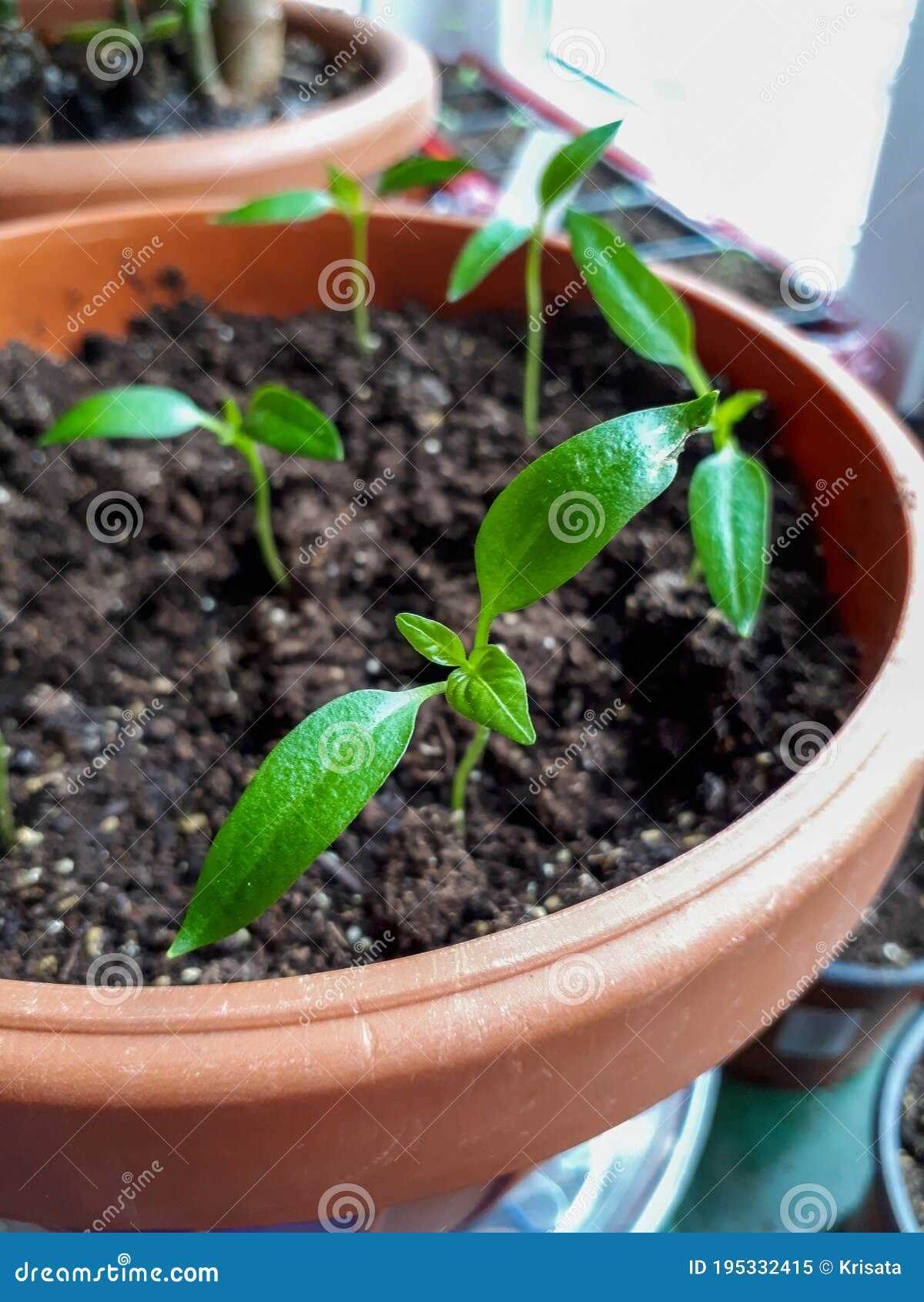
As cucumber plants grow, they will benefit from some support. Consider installing trellises, stakes, or cages to help them climb and keep the fruits off the ground. This will reduce the risk of rot and make for easier harvesting.
7. Pest and Disease Control
Keep an eye out for common cucumber pests such as aphids, cucumber beetles, and powdery mildew. Inspect your plants regularly and take appropriate measures to control pests and diseases, such as using insecticidal soap or organic sprays. Good air circulation around the plants can also help prevent fungal diseases.
By providing the ideal conditions for growing cucumbers, you can enjoy fresh and delicious cucumbers right from your windowsill garden.
How to Grow Tomatoes Successfully
Choose the Right Tomato Variety
When growing tomatoes on a windowsill, it’s important to select a tomato variety that is suitable for indoor cultivation. Look for compact or dwarf varieties that are well-suited for container gardening. Some popular tomato varieties for windowsill gardening include Tiny Tim, Cherry Cascade, and Patio Princess.
Provide Adequate Sunlight
Tomatoes require at least 6-8 hours of direct sunlight daily for proper growth and fruiting. Place your potted tomato plant in a location where it can receive maximum sunlight throughout the day. If needed, you can supplement natural sunlight with the use of artificial grow lights.
Use Well-Draining Soil
Tomatoes prefer well-draining soil that is rich in organic matter. Use a high-quality potting mix that is specifically formulated for container gardening. Ensure that the pot has proper drainage holes to prevent waterlogging, as excessive moisture can lead to root rot and other diseases.
Watering and Feeding
Keep the soil consistently moist, but not soggy. Water your tomato plant when the top inch of soil feels dry to the touch. It’s important not to overwater, as it can lead to root rot. Additionally, regularly feed your tomato plant with a balanced water-soluble fertilizer to provide essential nutrients for healthy growth and fruit development.
Pruning and Training
To promote better airflow and prevent diseases, it’s important to prune your tomato plant regularly. Remove any suckers that grow in the leaf axils and pinch off the lower leaves to improve air circulation. Consider using stakes or trellises to provide support for your tomato plant and encourage vertical growth.
Pest and Disease Control
Keep an eye out for common tomato pests such as aphids, whiteflies, and tomato hornworms. Regularly inspect your plant for any signs of infestation and take necessary measures to control pests. Additionally, be vigilant about diseases such as blight and fungal infections, and promptly treat them with appropriate organic fungicides or insecticides if needed.
Harvesting
Once your tomatoes start to ripen, harvest them carefully by gently twisting them off the vine. Avoid pulling or tugging on the fruits, as it can damage the plant. Harvest tomatoes when they are fully ripe for the best flavor and texture.
By following these tips, you can successfully grow tomatoes on your windowsill and enjoy a bountiful harvest of fresh and flavorful tomatoes throughout the growing season.
Tips for Growing Peppers at Home
Growing peppers at home can be a rewarding and flavorful experience. Whether you live in a house with a garden or an apartment with a small balcony, you can successfully grow peppers on your own. Here are some tips to help you get started:
- Choose the right type of pepper: There are many different varieties of peppers to choose from, including bell peppers, jalapenos, and habaneros. Consider the level of spiciness you prefer and the amount of space you have available before selecting the type of pepper to grow.
- Start with quality seeds or seedlings: Purchase pepper seeds or seedlings from a reliable source. Look for seeds that are labeled as disease-resistant and well-suited for indoor cultivation.
- Provide ample sunlight: Peppers need at least 6-8 hours of direct sunlight per day. Place your pepper plants near a south-facing window or use grow lights to provide adequate light.
- Use well-draining soil: Peppers prefer well-drained soil with a pH level between 6.0 and 7.0. Use a potting mix specifically formulated for peppers or make your own by combining equal parts of peat moss, perlite, and vermiculite.
- Water the plants properly: Peppers prefer consistent moisture, but overwatering can lead to root rot. Water your plants when the top inch of soil feels dry, and avoid getting the leaves wet to prevent fungal diseases.
- Fertilize regularly: Peppers are heavy feeders and benefit from frequent feeding. Use a balanced fertilizer, such as a 10-10-10 formula, and follow the instructions on the package for application rates.
- Provide support: As pepper plants grow, they may need support to keep them from bending or breaking. Use stakes, trellises, or cages to provide support and help the plants grow upright.
- Watch out for pests and diseases: Keep an eye out for common pepper pests like aphids, mealybugs, and spider mites. Treat infestations with insecticidal soap or neem oil. Additionally, monitor your plants for signs of diseases like powdery mildew or bacterial leaf spot and take appropriate action if necessary.
- Harvest at the right time: Peppers can be harvested at different stages of ripeness, depending on your preference. However, it is generally best to wait until the peppers have fully ripened and developed their characteristic color before picking.
By following these tips, you can enjoy a bountiful harvest of homegrown peppers. Experiment with different varieties and add some spice to your cooking!
Choosing the Right Containers for Your Windowsill Garden
When it comes to growing fruits and vegetables on your windowsill, choosing the right containers is crucial for the success of your garden. Here are some factors to consider when selecting containers:
Size
The size of the containers is important because it determines the amount of soil and root space available for your plants. Generally, larger containers are better as they provide more room for the roots to grow and access water and nutrients. However, make sure the containers are still suitable for your windowsill and won’t overcrowd the space.
Drainage
Good drainage is essential to prevent waterlogged soil, which can lead to root rot and other problems. Look for containers with drainage holes at the bottom to allow excess water to escape. You can also use saucers or trays underneath the containers to catch any water that drains out.
Material
The material of the containers can affect the temperature and moisture levels in the soil. Clay or terracotta pots are popular choices as they are porous and allow for better airflow and moisture regulation. However, they can dry out quickly and may require more frequent watering. Plastic or resin containers are lightweight and retain moisture better, but they may not provide as much airflow.
Depth
The depth of the containers is especially important for plants like tomatoes and peppers, which have deep root systems. Make sure the containers are deep enough to accommodate the roots without crowding or restricting their growth. A general rule of thumb is to choose containers that are at least 8-10 inches deep.
Number of Plants
The number of plants you plan to grow will determine the size and quantity of containers you need. Keep in mind that overcrowding the containers can lead to competition for resources and stunted growth. Plan accordingly and allow enough space for each plant to thrive.
Cost and Aesthetics
Consider your budget and personal preferences when selecting containers. There are a variety of options available at different price points, from inexpensive plastic pots to more decorative ceramic planters. Choose containers that fit your budget and complement the overall look of your windowsill garden.
By carefully considering these factors and selecting the right containers, you can create a thriving windowsill garden full of cucumbers, tomatoes, and peppers. Happy gardening!
The Importance of Proper Watering Techniques
Proper watering techniques are essential for the successful growth of cucumbers, tomatoes, and peppers on your windowsill. Water is a vital nutrient that plays a significant role in the overall health and productivity of these plants.
Watering Frequency
Understanding the correct watering frequency is crucial. Overwatering can lead to root rot and other fungal diseases, while underwatering can result in stunted growth and wilting. It is recommended to water the plants when the top inch of the soil feels dry to the touch.
Watering Methods
There are two common methods for watering potted plants: top watering and bottom watering.
- Top watering: This method involves pouring water directly onto the soil surface until it drains out through the drainage holes. It is important to water until the entire soil is moistened.
- Bottom watering: In this method, the plant pot is placed in a tray filled with water, and the plant absorbs water through the drainage holes. This method is especially useful for plants with sensitive leaves that can be damaged by water droplets.
Watering Amount
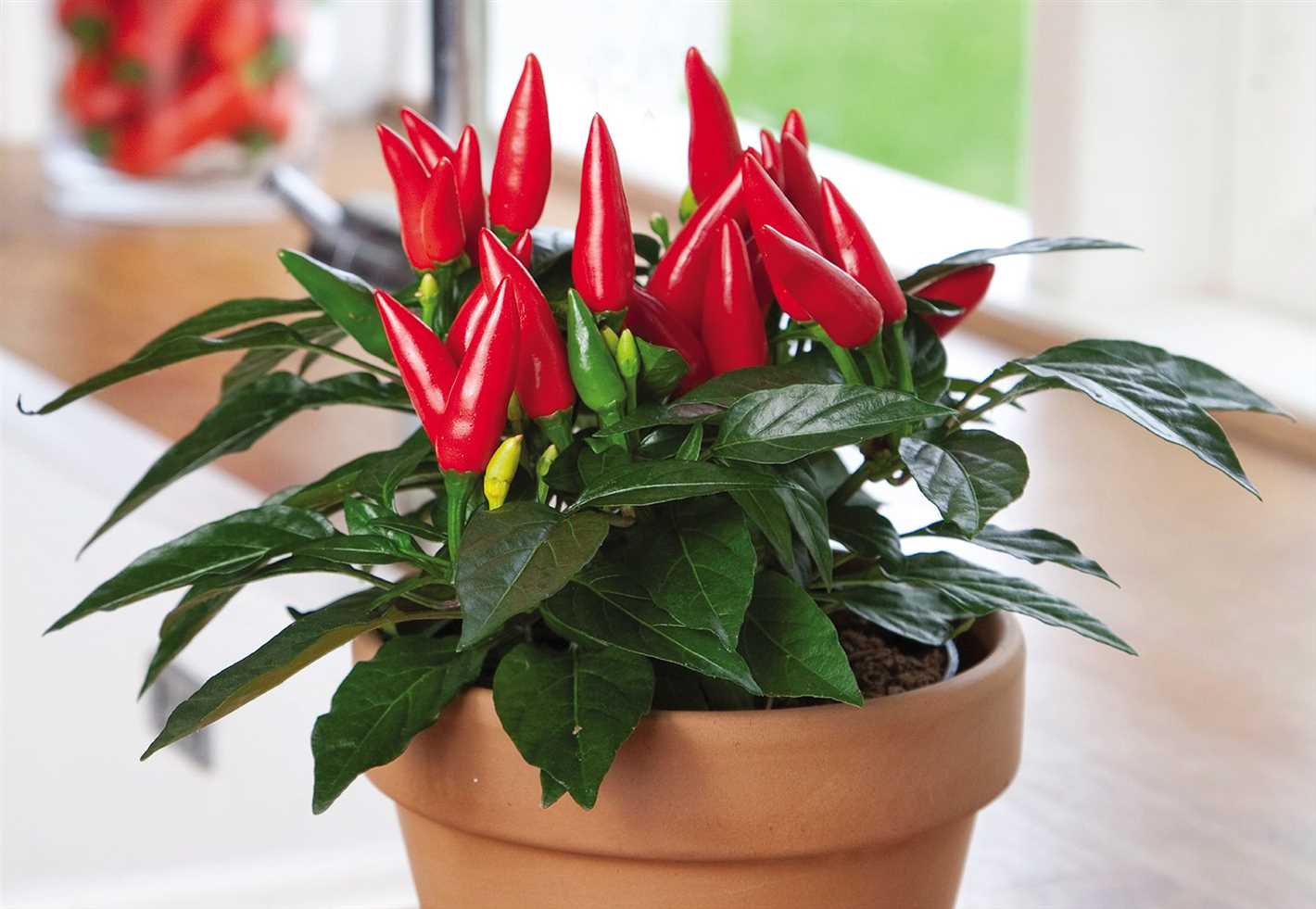
Providing an adequate amount of water is essential for healthy plant growth. The exact amount of water will vary depending on factors such as temperature, humidity, and the size of the plant. It is generally recommended to water thoroughly until water drains out of the bottom of the pot, ensuring all the roots are well-hydrated.
Consistency is Key
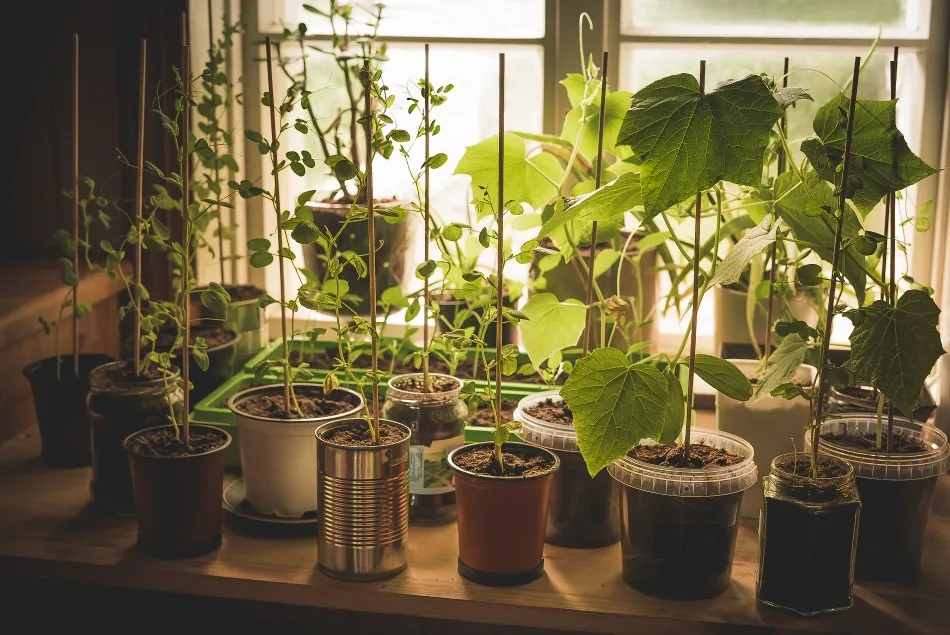
Consistency in watering is crucial for maintaining plant health. Avoid irregular watering schedules as it can stress the plants and lead to various issues. Try to establish a routine and stick to it, making sure the plants receive a consistent supply of water.
Monitoring and Adjusting
It is important to closely monitor the moisture levels in the soil and make adjustments as needed. Consider investing in a moisture meter or simply check the soil regularly by sticking your finger into the soil. If it feels dry, it’s time to water, but if it feels damp or wet, hold off on watering until it dries out a bit.
| Signs of Overwatering | Signs of Underwatering |
|---|---|
| – Yellowing leaves | – Wilting |
| – Root rot | – Stunted growth |
| – Fungus gnats or mold growth | – Dry and curled leaves |
By mastering proper watering techniques, you can provide your cucumbers, tomatoes, and peppers with the optimal conditions to thrive and produce a bountiful harvest right on your windowsill!
Fertilizing Your Windowsill Plants: Dos and Don’ts
Fertilizing your windowsill plants is crucial for their growth and productivity. Here are some dos and don’ts to consider when fertilizing your plants:
Do:
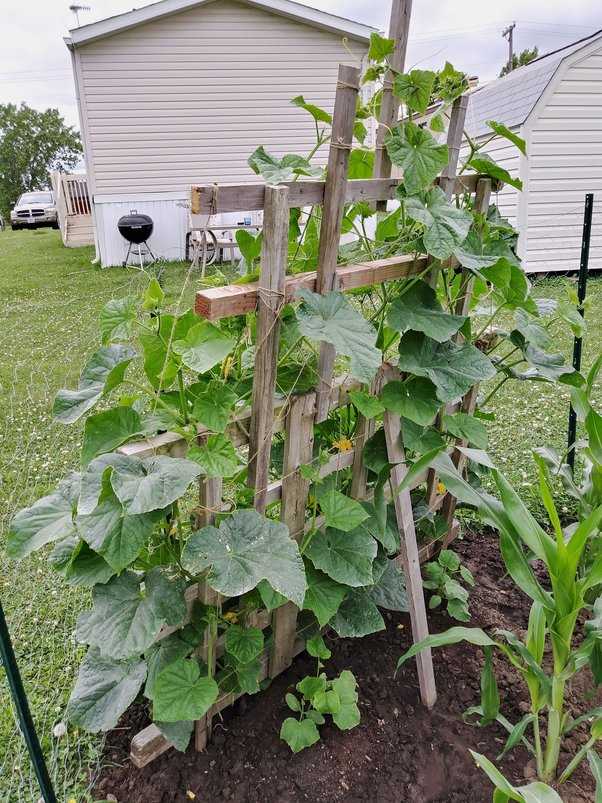
- Choose the right fertilizer: Look for a fertilizer specifically designed for indoor plants or vegetables. It should have a balanced ratio of nitrogen, phosphorus, and potassium.
- Follow the instructions: Read the instructions on the fertilizer packaging carefully and follow the recommended dosage for your specific type of plant. Over-fertilizing can damage your plants.
- Fertilize regularly: Indoor plants tend to have limited access to nutrients, so they benefit from regular fertilization. Follow a schedule and apply fertilizer as recommended, usually every 4-6 weeks.
- Water before fertilizing: Before applying fertilizer, make sure the soil is moist. This helps prevent burning the roots and ensures better absorption of nutrients.
- Use a slow-release fertilizer: Consider using slow-release fertilizers for your windowsill plants. They release nutrients gradually over time, providing a steady supply of nutrients without the risk of over-fertilization.
Don’t:
- Over-fertilize: Applying too much fertilizer can be harmful to your plants, leading to nutrient imbalances and root damage. Always follow the recommended dosage.
- Under-fertilize: While over-fertilization can be harmful, under-fertilizing can result in weak plants that produce less fruit. Make sure to fertilize your plants regularly to provide them with the necessary nutrients.
- Fertilize dry soil: Applying fertilizer to dry soil can cause it to clump and prevent proper absorption of nutrients. Water the soil before fertilizing to ensure even distribution.
- Use outdoor fertilizers: Outdoor fertilizers may contain chemicals that are not suitable for indoor plants. Always use fertilizers specifically formulated for indoor use.
- Apply fertilizer to the leaves: Fertilizer should be applied to the soil, not the leaves. Fertilizing the leaves can cause burns and damage the foliage.
By following these dos and don’ts, you can ensure that your windowsill plants receive the right amount of nutrients for healthy growth and abundant produce.
Managing Pests and Diseases in Your Windowsill Garden
Pests and diseases can pose a threat to your windowsill garden, but with proper care and attention, you can minimize their impact and ensure a healthy crop. Here are some tips to help you manage pests and diseases:
1. Identify common pests
- Aphids: These small insects feed on the sap of plants and can cause stunted growth.
- Whiteflies: These tiny white insects can quickly multiply on the undersides of leaves and cause damage.
- Spider mites: These tiny pests can suck the juice out of plants, causing yellowing and weakened growth.
2. Monitor your plants regularly
Regularly inspect your plants for any signs of pests or diseases. Look for yellowing leaves, wilting, or any unusual spots or growths.
3. Practice good hygiene
- Remove any dead or diseased leaves to prevent the spread of infection.
- Clean your pots and containers regularly to prevent the buildup of pests and diseases.
- Wash your hands thoroughly before handling your plants to prevent the transfer of pests.
4. Use natural pest control methods
- Create a homemade insecticidal soap by mixing a few drops of dish soap with water and spraying it on affected plants.
- Introduce beneficial insects like ladybugs or lacewings to control pest populations.
- Plant companion herbs, such as basil or marigolds, that naturally repel pests.
5. Provide adequate air circulation
Good air circulation can help reduce the risk of diseases. Ensure that your plants are not overcrowded and have enough space between them.
6. Water properly
- Avoid overwatering, as it can lead to root rot and other fungal diseases.
- Water the base of the plants, avoiding the leaves, to prevent the spread of diseases.
7. Use organic fertilizers
Avoid using chemical fertilizers that can harm beneficial insects and disrupt the natural balance of your garden. Opt for organic fertilizers instead.
8. Quarantine affected plants
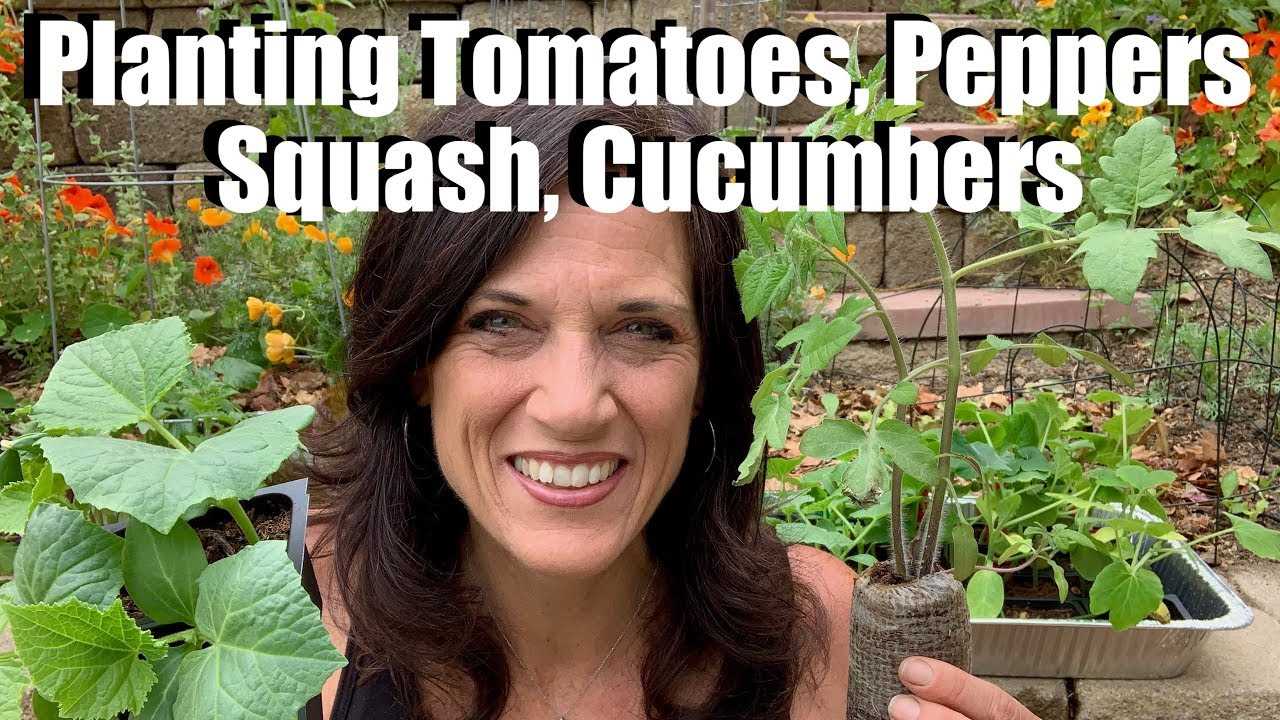
If you notice any signs of pests or diseases, separate the affected plants from the others to prevent the spread of infection.
9. Research and consult
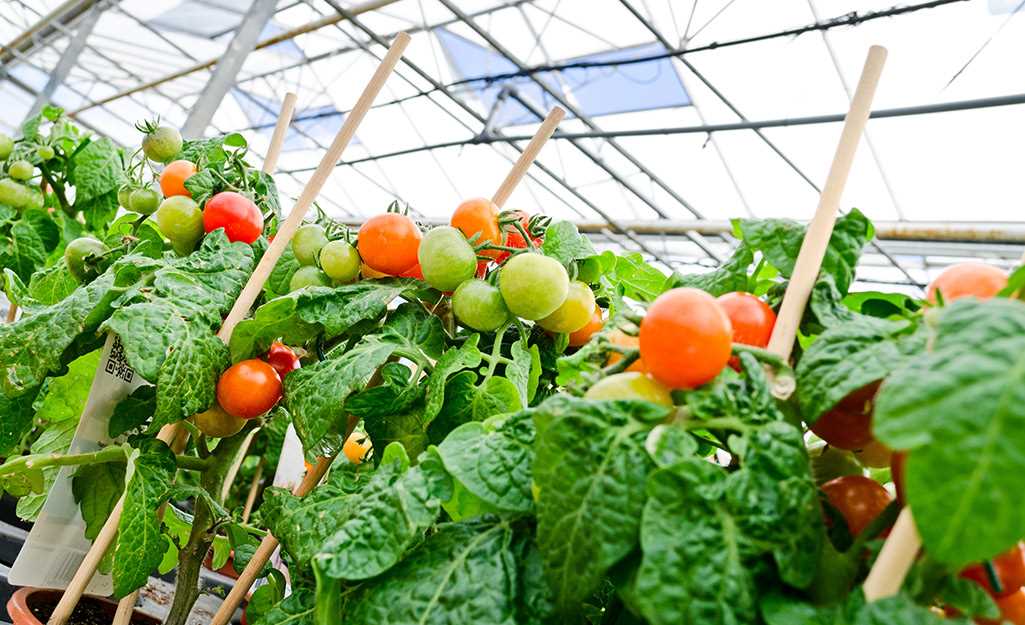
Do some research on specific pests and diseases that commonly affect your chosen plants. If you are unsure about a particular issue, consult with a local gardening expert or extension service for guidance.
By following these tips, you can effectively manage pests and diseases in your windowsill garden and enjoy a bountiful harvest.
Harvesting and Enjoying Your Homegrown Vegetables
- Timing is Everything: Knowing when to harvest your vegetables is crucial to ensure they are at their peak flavor and quality. Each vegetable has its own harvesting time, so it’s important to do some research or consult the seed packet or plant label to determine when to pick.
- Gentle Handling: When harvesting your vegetables, be sure to handle them with care. Use a sharp pair of garden shears or a knife to avoid damaging the plant. Gently remove the fruits or vegetables from the plant, being careful not to break or bruise them.
- Harvesting Cucumbers: Cucumbers are typically ready to harvest when they reach a length of 6-8 inches and have a firm texture. Avoid waiting too long to harvest, as cucumbers can become bitter if left on the vine for too long.
- Harvesting Tomatoes: Tomatoes are best picked when they are fully ripe or slightly under-ripe. Look for firm, glossy fruits with a deep vibrant color. Gently twist or cut the tomatoes from the vine, making sure to leave a small stem attached.
- Harvesting Peppers: Peppers can be harvested when they have reached their desired size and color. Depending on the variety, peppers can come in different colors such as green, red, yellow, or orange. Use a sharp pair of garden shears to cut the peppers from the plant.
- Storing Your Harvest: After harvesting, it’s important to store your vegetables properly to maintain their freshness and flavor. Most vegetables can be stored in the refrigerator in a plastic bag, while others may require different storage conditions. Be sure to research the best storage methods for each vegetable.
- Enjoying Your Homegrown Vegetables: Finally, it’s time to savor the fruits of your labor! Homegrown vegetables are delicious when enjoyed fresh in salads, sandwiches, or simply as a healthy snack. Get creative and experiment with different recipes to make the most of your homegrown bounty.
Growing and harvesting your own vegetables on your windowsill can be a rewarding and satisfying experience. With a little bit of knowledge and care, you can enjoy a bountiful harvest of fresh and flavorful vegetables right at your fingertips.
“Question-Answer”
Can I grow cucumbers, tomatoes, and peppers on my windowsill?
Yes, you can grow cucumbers, tomatoes, and peppers on your windowsill. Although they typically thrive in a larger space with more sunlight, it is still possible to grow them in smaller spaces like windowsills.
What are the benefits of growing these vegetables on a windowsill?
Growing cucumbers, tomatoes, and peppers on a windowsill allows you to have fresh, homegrown produce even if you don’t have access to a garden. It also gives you the opportunity to observe and take care of your plants up close.
What are the key factors to consider when growing cucumbers, tomatoes, and peppers on a windowsill?
The key factors to consider when growing these vegetables on a windowsill are sunlight, temperature, watering, and soil quality. Cucumbers, tomatoes, and peppers need at least six hours of sunlight per day, a consistently warm temperature (around 70-85°F), regular watering (but not overwatering), and well-draining soil.
Can I use regular potting soil for growing cucumbers, tomatoes, and peppers on a windowsill?
Yes, you can use regular potting soil for growing cucumbers, tomatoes, and peppers on a windowsill. However, it is recommended to enrich the potting soil with compost or other organic matter to provide necessary nutrients for the plants.
How long does it take for cucumbers, tomatoes, and peppers to grow on a windowsill?
The time it takes for cucumbers, tomatoes, and peppers to grow on a windowsill varies depending on the specific variety and growing conditions. Generally, cucumbers take about 60-70 days, tomatoes take 60-85 days, and peppers take 70-90 days to mature from seed to harvest.







